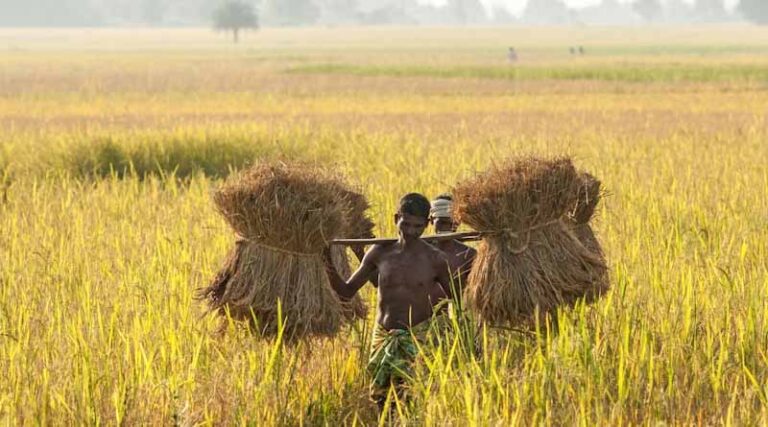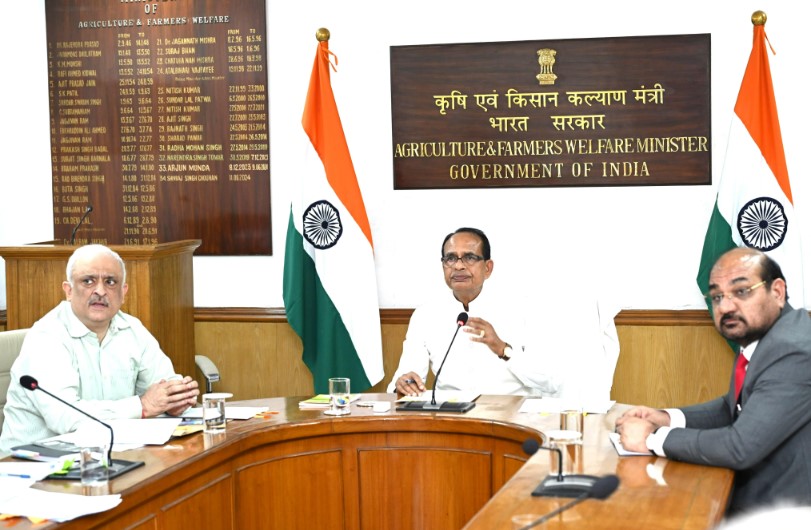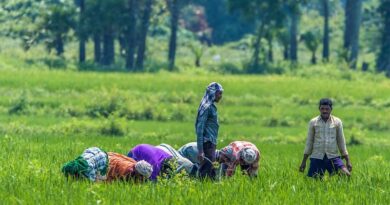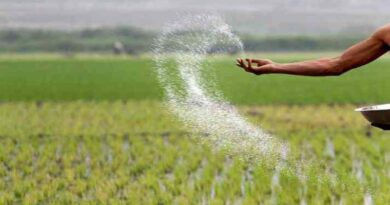
Will India’s ₹15,095 Crore Procurement Push in Telangana, Odisha, Maharashtra & MP Drive a Crop Shift Toward Pulses and Oilseeds?
28 October 2025, New Delhi: The Union Agriculture and Farmers’ Welfare Minister Shivraj Singh Chouhan has approved a massive ₹15,095.83 crore procurement plan for pulses and oilseeds in Telangana, Odisha, Maharashtra, and Madhya Pradesh for the Kharif 2025–26 season, a decision that could potentially reshape cropping patterns in these key agricultural states.
The question now is: can this large-scale procurement become the turning point that nudges farmers to grow more pulses and oilseeds in the years ahead, aligning with India’s goal of becoming self-sufficient in pulses by 2030?
Big Push Under PM-AASHA to Stabilize Prices and Encourage Crop Diversification

The approvals were granted under the Pradhan Mantri Annadata Aay SanraksHan Abhiyan (PM-AASHA) and allied schemes of the Ministry of Agriculture and Farmers’ Welfare, during a high-level virtual meeting with state agriculture ministers and senior officials.
In Telangana, procurement of 4,430 metric tonnes (MT) of moong (green gram) — 25% of the state’s total production — was approved under the Price Support Scheme (PSS) at a cost of ₹38.44 crore, along with 100% procurement of urad (black gram) and 25% of soybean.
In Odisha, 18,470 MT of arhar (red gram) — the state’s entire production — has been sanctioned under PSS with a budget allocation of ₹147.76 crore.
In Maharashtra, the approval covers 33,000 MT of moong, 3,25,680 MT of urad, and 18,50,700 MT of soybean with financial implications of ₹289.34 crore, ₹2,540.30 crore, and ₹9,860.53 crore, respectively.
Meanwhile, Madhya Pradesh — the country’s largest soybean producer — will see procurement of 22,21,632 MT of soybean under the Price Deficiency Payment Scheme (PDPS), costing ₹1,775.53 crore.
Will Stable Procurement Assure Farmers of Better Returns and Inspire a Shift?
The procurement drive is not just about safeguarding farmer incomes — it could mark the beginning of a structural crop shift in India’s agri-economy.
Traditionally, farmers in these states have favored water-intensive crops such as paddy or cotton. But with assured procurement and fair pricing under PM-AASHA and PSS, pulses and oilseeds may become more profitable, sustainable alternatives.
Shivraj Singh Chouhan said the government’s intent is to ensure that farmers receive better returns while being protected from market volatility. “These measures are part of India’s larger journey towards Atmanirbhar Bharat (Self-Reliant India) and self-sufficiency in pulses by 2030,” he said.
If the procurement targets are met effectively and payments reach farmers promptly, the next sowing season could witness a greater acreage shift towards pulses and oilseeds — a development that would support both farmer income stability and India’s long-term nutritional security.
Ensuring Direct Farmer Benefits and Transparent Monitoring
Chouhan highlighted that 100% procurement of tur, urad, and masoor will be carried out through NAFED (National Agricultural Cooperative Marketing Federation of India) and NCCF (National Cooperative Consumers Federation of India).
He stressed that direct benefit transfers must reach farmers without delays and directed officials to ensure strict monitoring and transparency throughout the procurement process.
Experts believe that such large-scale interventions, if executed effectively, could gradually reduce India’s dependence on pulse imports, encourage crop diversification, and make farming more resilient to climate and market risks.
A Turning Point or a Temporary Relief?
While the approval of ₹15,095 crore in procurement is a landmark move, its real test lies in implementation — timely procurement, transparent payments, and logistical efficiency.
If these factors align, this could trigger a lasting shift in farmer behavior, paving the way for India’s pulses self-sufficiency by 2030.
However, if bottlenecks persist, the scheme may remain a short-term support mechanism rather than a long-term catalyst for change.
Either way, the government’s intent is clear, to make pulses and oilseeds a profitable and stable choice for farmers, securing both their livelihoods and the nation’s food future.
Also Read: Another Myth Busted: John Deere has not “Gutted” its Iowa Factories
📢 If You’re in Agriculture, Make Sure the Right People Hear Your Story.
From product launches to strategic announcements, Global Agriculture offers unmatched visibility across international agri-business markets. Connect with us at pr@global-agriculture.com to explore editorial and advertising opportunities that reach the right audience, worldwide.






